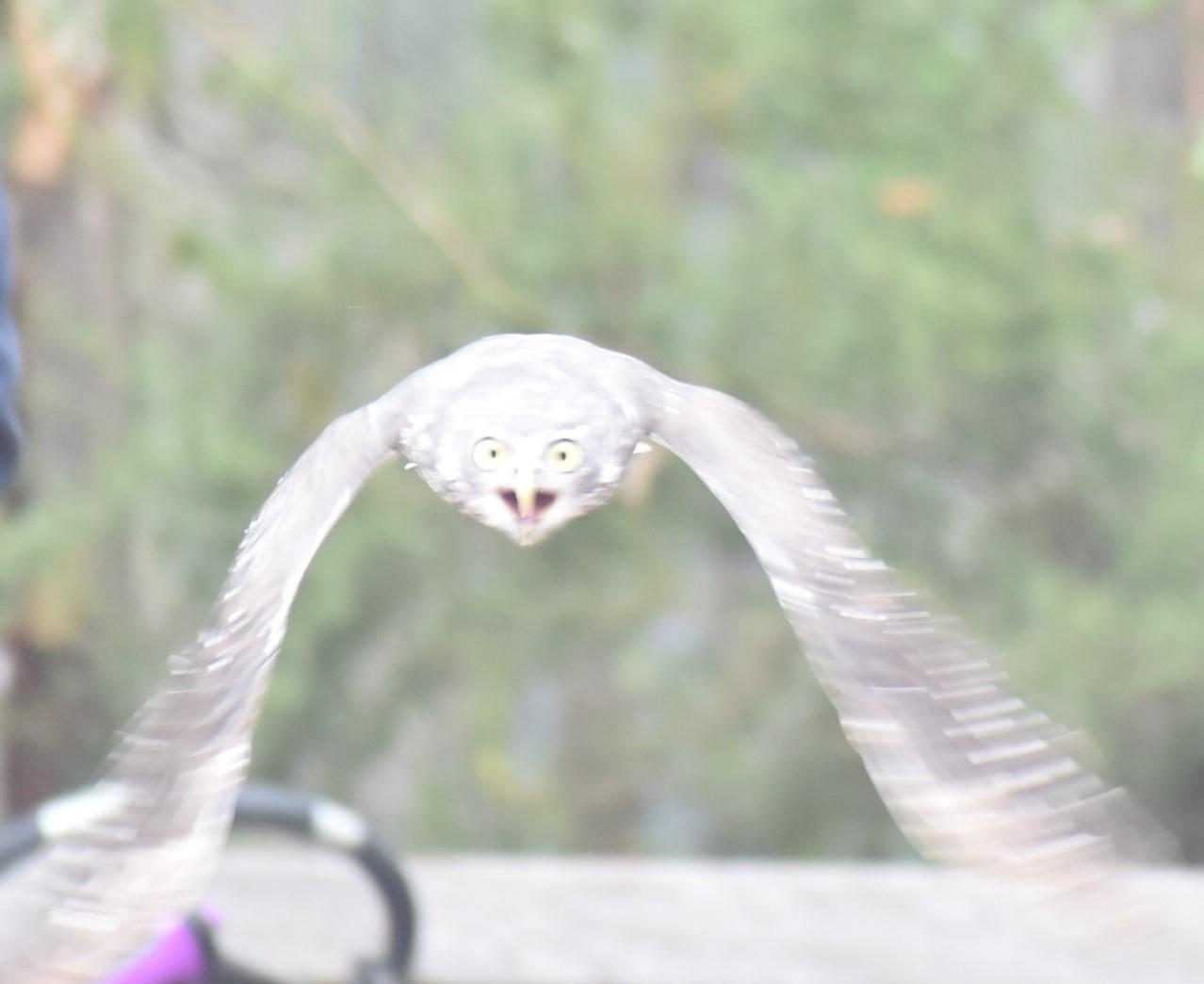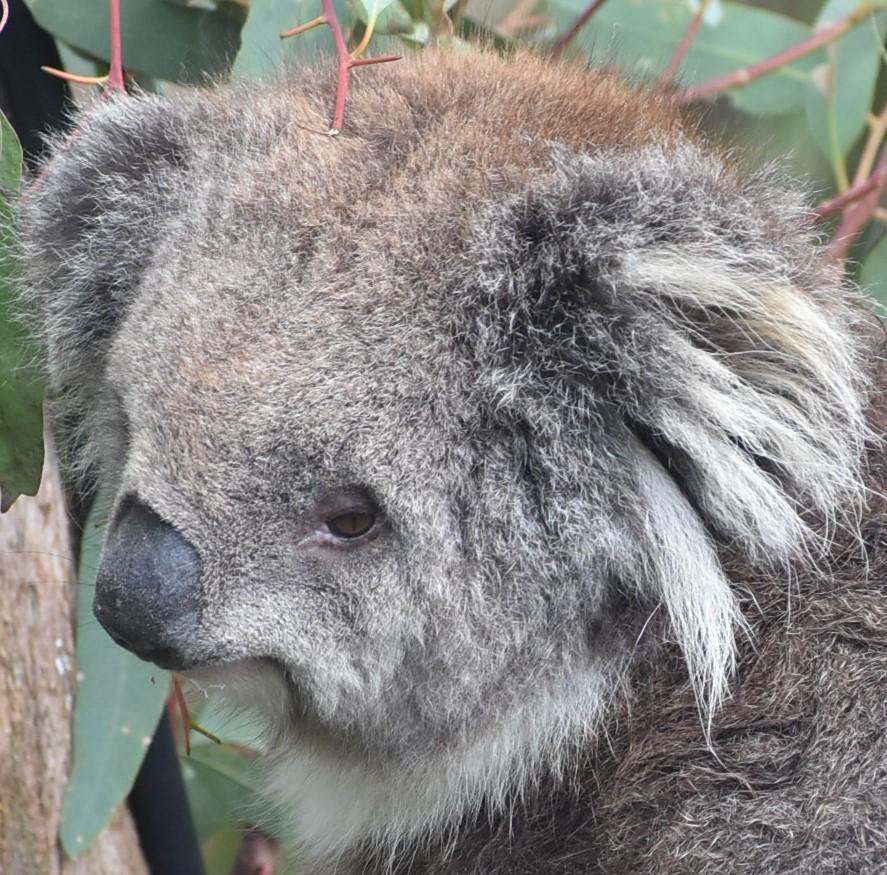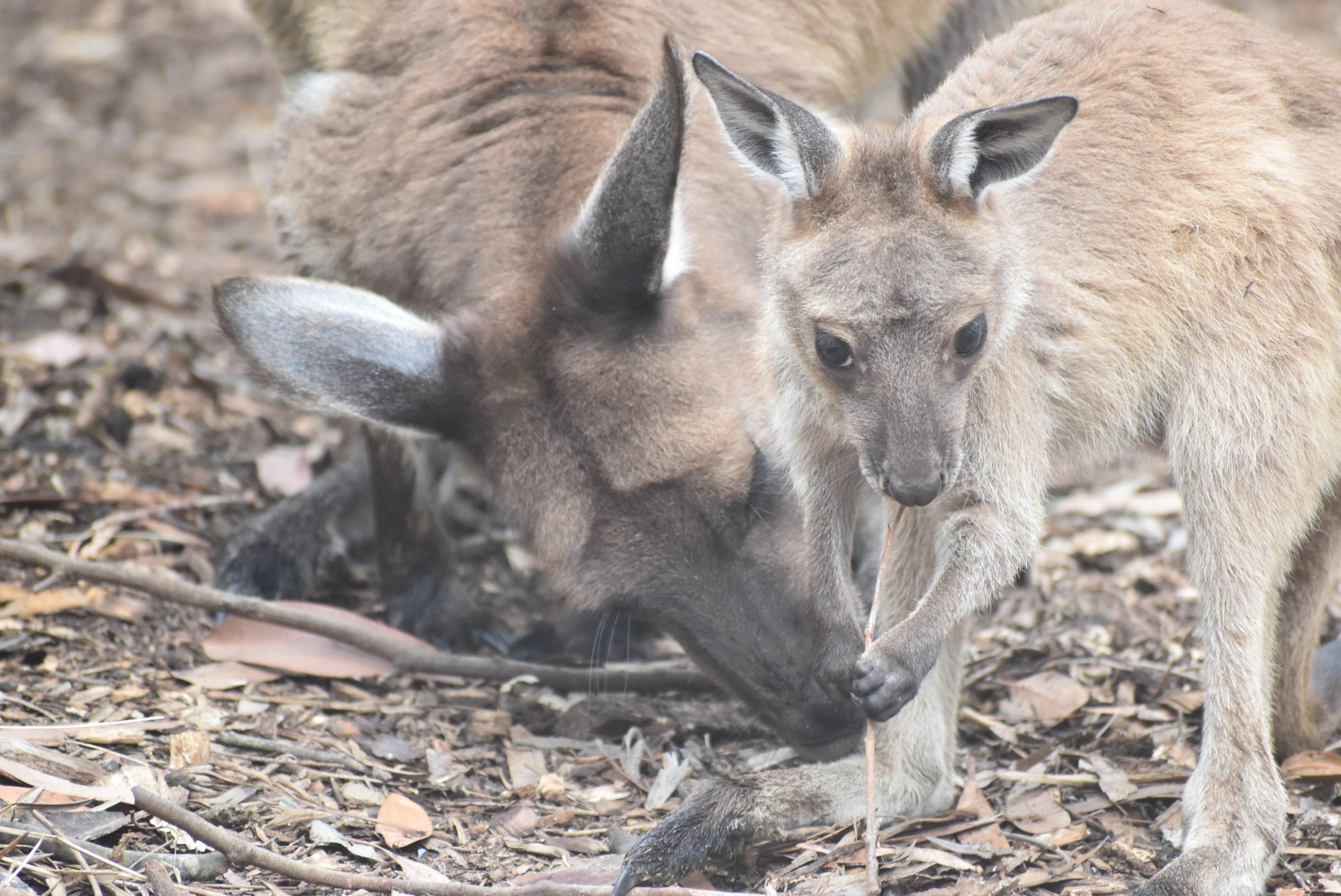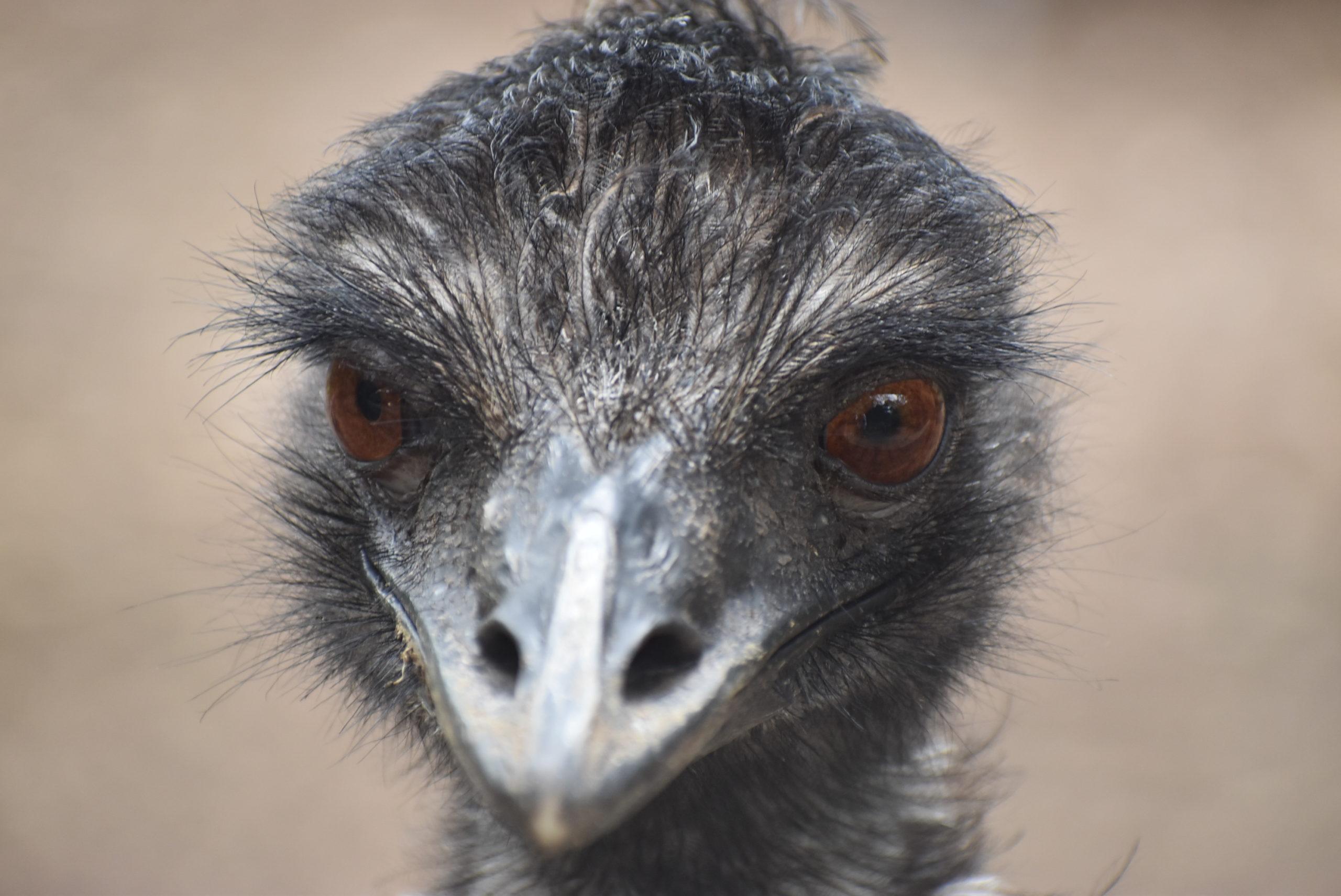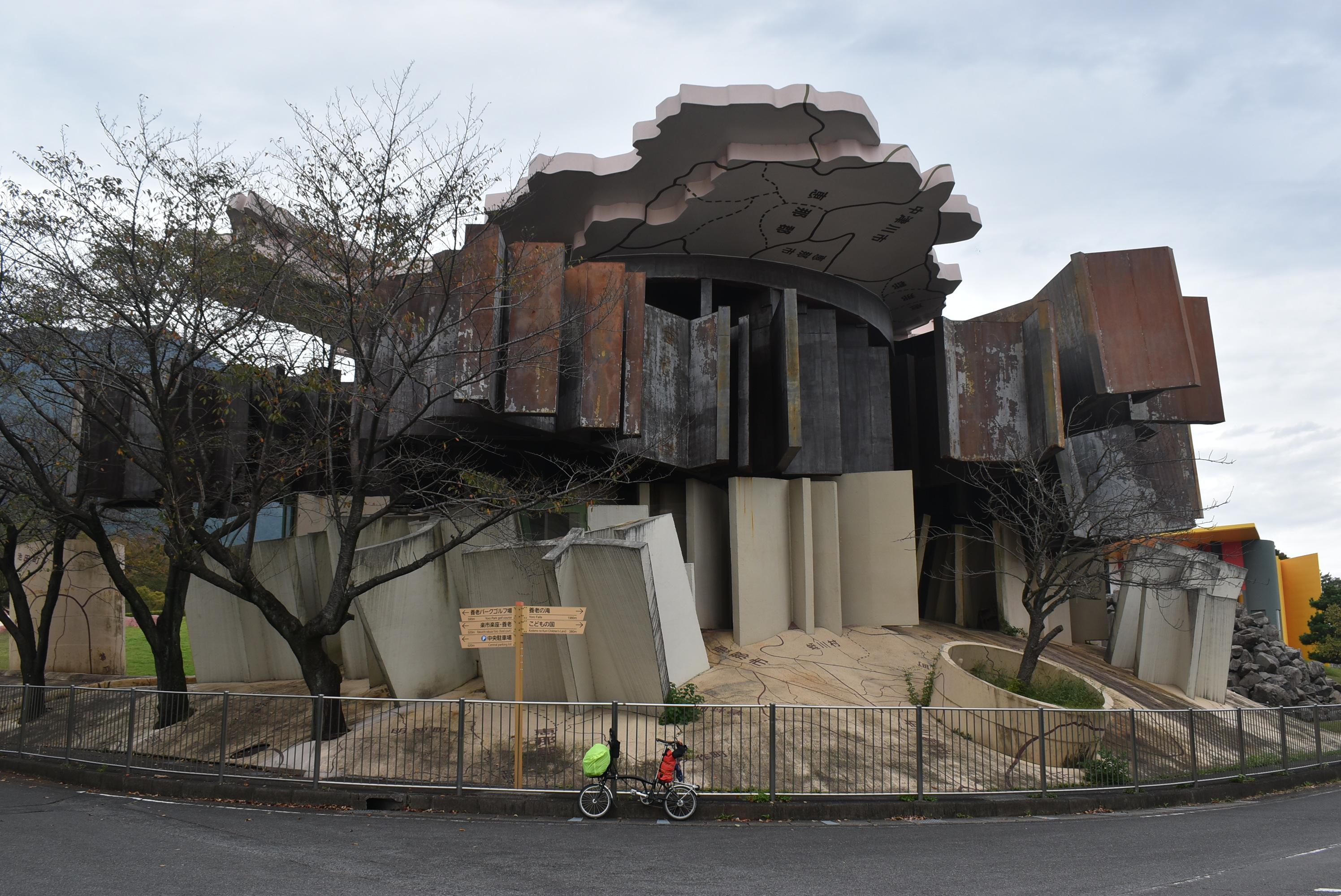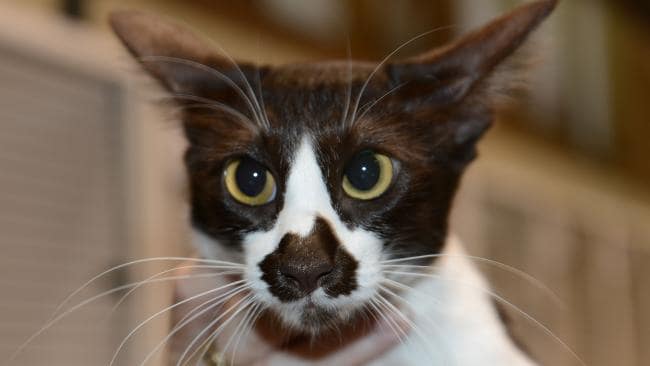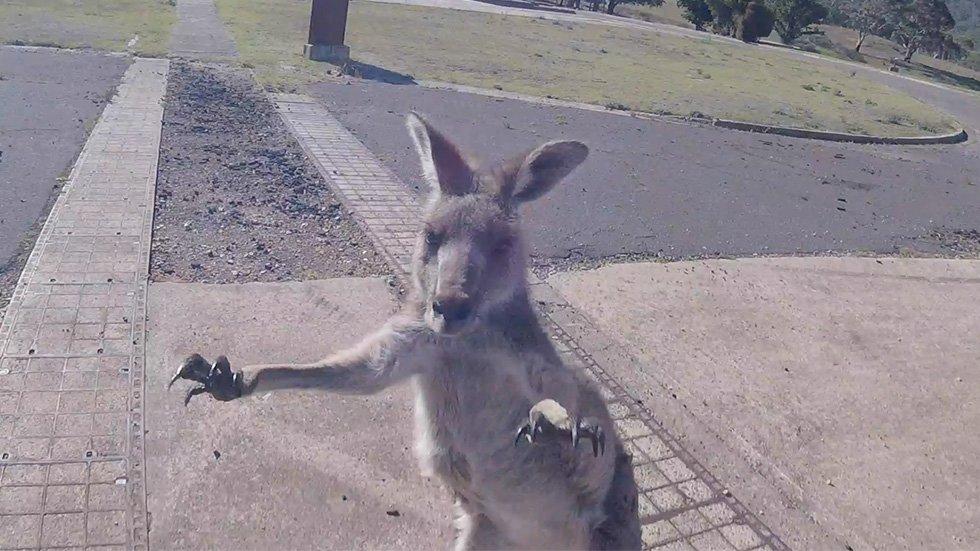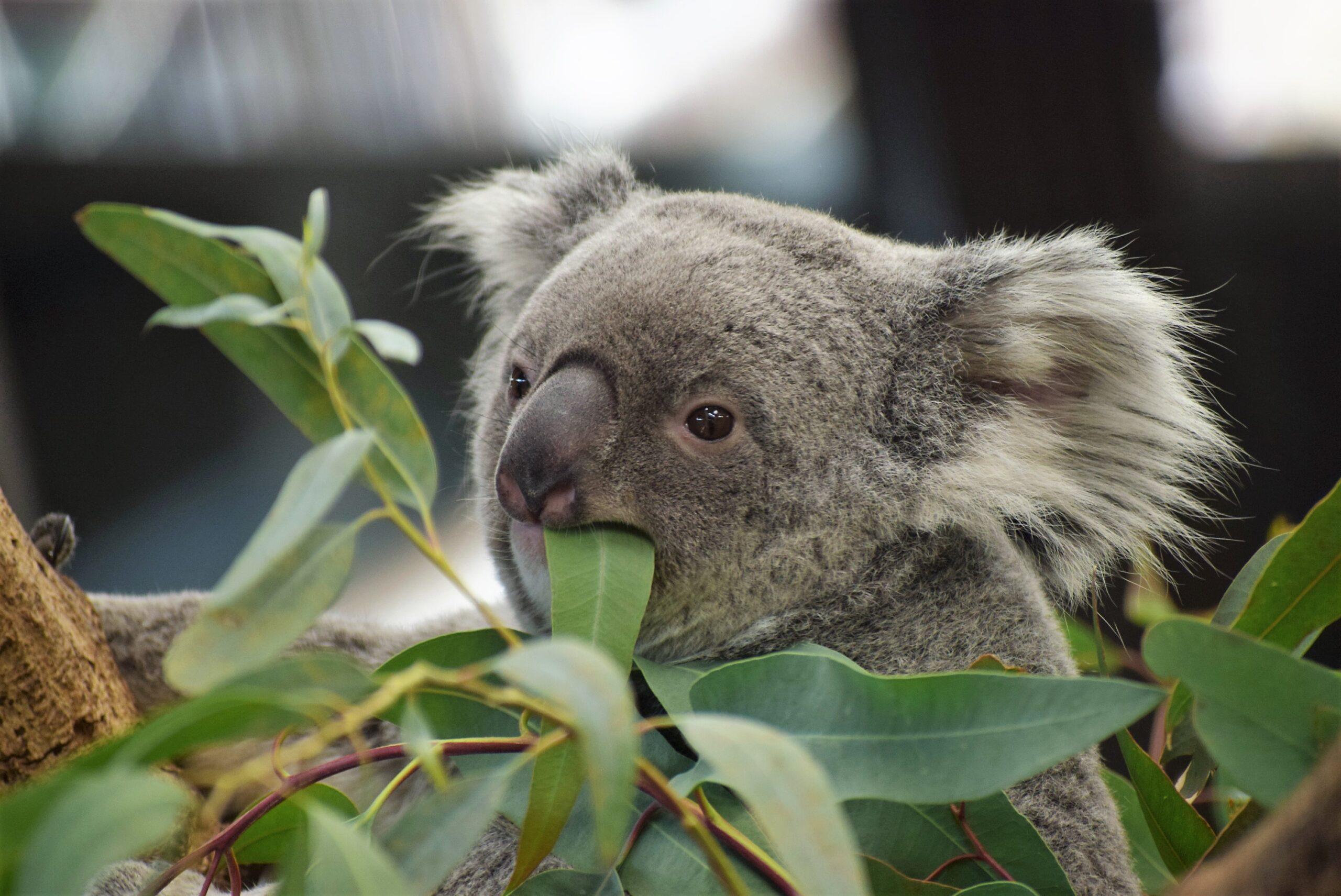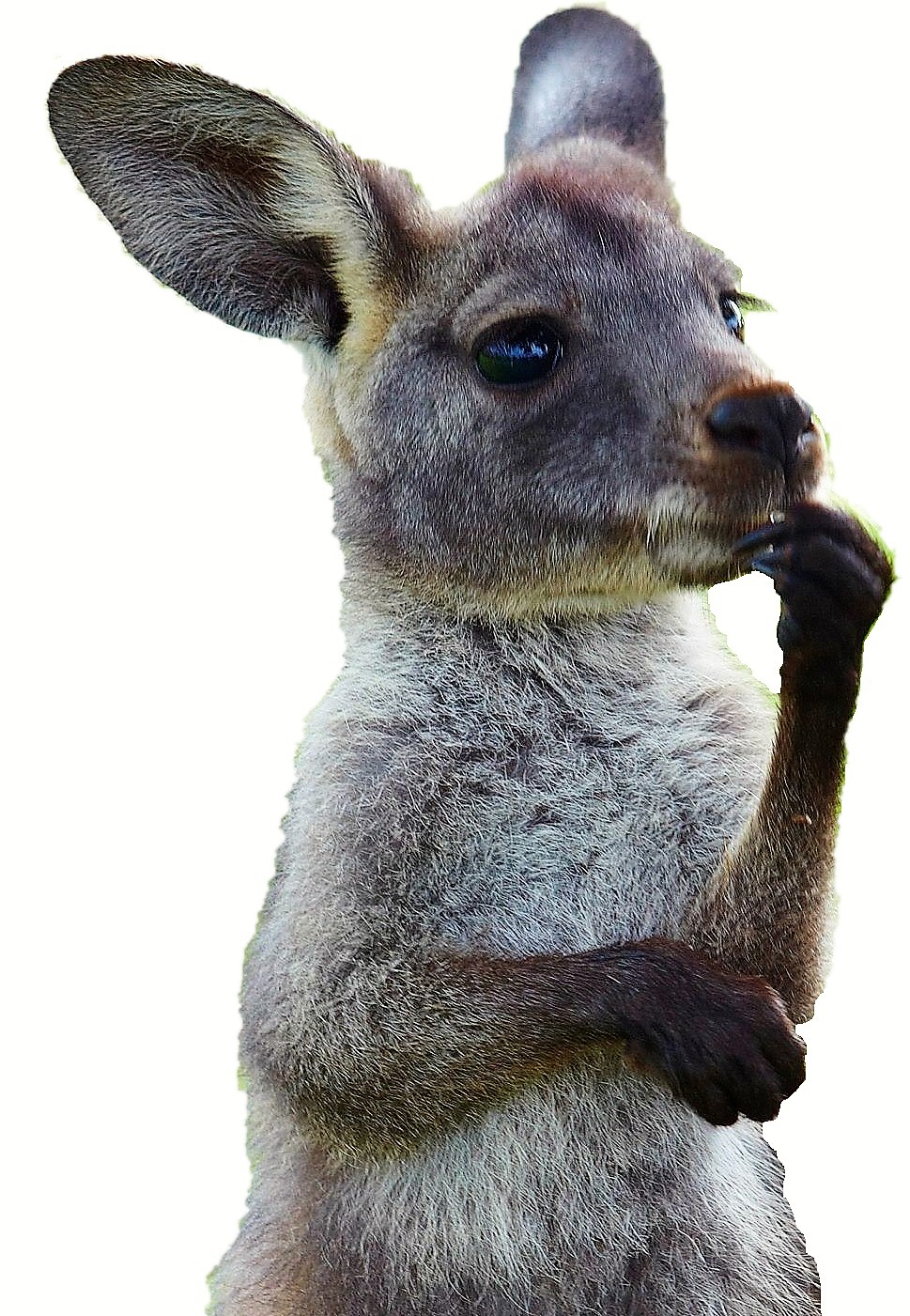オーストラリア、ニューサウスウェールズ州にある園芸店で野生コアラ保護地区のために育てられた苗木数千本が「泥棒」コアラに食べられちゃったことはオーストラリア放送協会が報道した。 園芸店店長ハンフリー・へリントン氏が保護地区用に育ってられた苗木が毎晩少しずつなくなっていたことに気づいたが、理由が思い浮かべなかった。 そして、ある日に出勤したら、動けないほど暴食したコアラが苗木植木場所近くに見つけて、謎が解けた。 その時、「クロード」と名付けてそのコアラを近くの森の中にある安全場所までに動かしたが、二日後、再びクロードが園芸店で表れ、苗木を食べて、現行犯逮捕だった。 へリントン氏によるとクロードコアラが何千本の苗木を食べて園芸店に豪ドル約6000ドル(約56万円)の被害を与えた。 コアラ防止対策として、園芸店にネットかけるという。 食べられた苗木がコアラ用の「バンガローコアラズ」保護地区作成のために使われるはずだった。幸いに食べられた苗木が今年地植え用のものじゃなかったので、保護地区の予定にあまり大きな影響がないようだ。 元記事 Claude the koala eats thousands of nursery seedlings intended for NSW wildlife corridor (英語) Related posts: Tjukurrpa, Terra Australis, New Zealand, EendrachtslandそしてAustraliaへ Sweetie Pies! The Big Redback: 豪文化象徴である「便座の背赤グモ」のBig Things版 今日は初めて「ワルツィング・マティルダの日」 Powered by YARPP.
-
-
TimTams, chocolate biscuits fast becoming one of Australia’s greatest exports and a presence in just about every supermarket in Tokyo nowadays, has started a collaboration with Vegemite, the yeast spread symbolic of Down Under. 今般、東京内ほとんどのスーパーに見かけてオーストラリア発名物輸出品となりつつチョコクッキー「ティムタム」とオーストラリアを代表とする発酵ペースト「ベジマイト」が共作を発表した。 Vegemite flavored TimTams blend two of Oz’s most iconic food products. ベジマイト味ティムタムがオーストラリアの二つの代表的な食品を融合する。 The sweetness of TimTam bikkies seems sure to be perfectly complemented by the savory flavor of Vegemite. ティムタムのビッキーの甘さとベジマイトのうまみが完璧なマッチとなりそうだ。 April 1 marks a perfect date for this collaboration! 共作の発表は4月1日も完璧だ! Related posts: 大ヒット中のTimTamって「豪菓なビスケット」と言っていい? 豪国民食と言われているVegemiteが90周年を祝う! Straya, We’ll See Your Vegemite Chocolate and Raise You with Cough Lolly KitKats Pushing Pedals in an Exploration to Find Tokyo’s…
-
Australia’s lyrebird got its name from the shape of its tale, which is said to resemble the lyre, an ancient Greek musical instrument mastered most notably by the god Apollo. But the lyrebird could also have been labeled the liar bird for its masterful mimicry. The lyrebird (found in the same part of Australia from which Kangaeroo hails) can copy just about any sound, including human voices, with near perfection. Lyrebirds are just one of myriad birds found in Australia. Birdlife down under is amazing! Birds come in all shapes, sizes, colors and types. Nothing can beat the amazing cacophony…
-
Koalas are a gorgeous symbol of Australia. Contrary to a once-popular belief, the koala is not a bear. It is, in fact, a marsupial, most closely related to the wombat and kangaroo than it is to anything ursine. Back in the mid-1980s, koalas set off a frenzy among Japanese when they were first brought to zoos here. Like the country itself, though, Japan’s koalas are aging and the country’s koala population has dwindled below half of its peak in the late 1990s. Koalas generally sleep for 22 hours a day, so the animals in these photos are essentially in action…
-
Having looked at the emu, one of the stars of the Australian coat of arms in our previous post, it would be rude not to look at the other half of the emblem, the kangaroo. Roos are also the national animal of Australia. And here’s a gallery of greys to help make your day. (Of course, we shouldn’t forget that kangaroos are also the inspiration for this site, kangaeroo, the thinking kangaroo. Related posts: We Are Not Emus-ed Goings On Dino Might! Plastic Roos and Fuji Views Powered by YARPP.
-
Emus are huge, flightless birds endemic to Australia. They’re also featured on the country’s coat of arms, together with the kangaroo, with both creatures selected because they are physically incapable of taking a step backward, meaning they can only advance. Emus are one of Australia’s myriad glorious birds and trail only the ostrich as the world’s largest birds. They’re also capable of running up to 50 km/h! The link with dinosaurs also becomes pretty obvious just by looking at these creatures. Emus are also known to have controlled the late British comedian Rod Hull. Related posts: Campbelltown Forest of Wild…
-
Australia’s rugby team, the Wallabies, were ignominiously dumped from the 2019 Rugby World Cup that Japan is currently hosting (and being lauded for both its organization skills and the rousing performance of its unfancied team). The Wallabies lost badly to England in a quarter final, mostly because they were not good enough as a team. But Kangaeroo.com has also discovered another reason for the Wallabies’ woes. Gorgeous Jindaiji Temple, which supported the Wallabies’ woeful World Cup, is situated in the Tokyo suburb of Chofu, location of the Aussies’ group stage loss against Wales on September 29 that effectively derailed their…
-
Almost 25 years ago, Kangaeroo picked up a newspaper containing an article about a park created for people to experience life in a different perspective. The Site of Reversible Destiny was created without horizontal and vertical lines to try to shape a new way of looking at art and architecture, as well as life in general. The revolutionary park was created under a concept of reversible destiny by architect/artist couple Shusaku Arakawa and Madeline Gins. And Kangaeroo was hooked. A visit to the park was immediately on the bucket list. And stayed there without being crossed off for 2 1/2…
-
Oz is a 5-year-old cat with a unique characteristic that makes her purr-fectly pertinent for news about Australia. This peculiar pussy’s special snout is adorned with an amazingly accurate map of Australia! Incredibly, Oz is from Australia. The Oriental Longhair breed first made news when she was shown at the Royal Easter Show in Sydney a few years back. Lucky for Oz that her unique markings clearly resembled Australia. When it comes to Down Under-related cartography, be particularly careful when it comes to the Map of Tassie, which has an entirely different meaning to what it suggests, but considering Oz,…
-
An Aussie paraglider copped a shellacking from the national symbol recently, going global with a video showing a kangaroo attacking him as he landed near Canberra. The paraglider offered a warm welcome to the ‘roo only for the mean marsupial to pounce at the intruder and let loose with a couple of decent whacks. The kangaroo bounded off, leaving the paraglider unharmed except for a case of hurt pride and footage that has not gone viral. Related posts: AFL – Modern Australia’s Religion and Failed Proselytizing in Japan Kangaroos Have a Proud History Adorning Japanese Marushi Bicycles Kangaroo Cooking…Roo Meat:…

